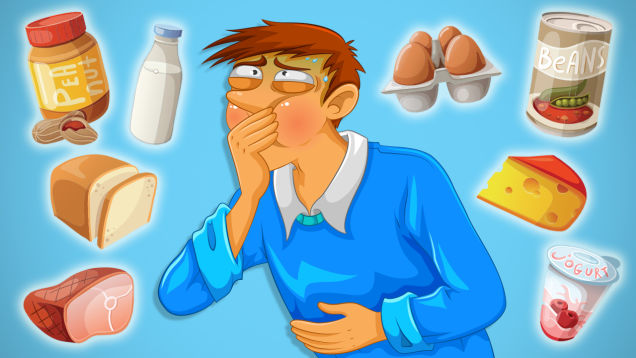Prevent Food Borne Disease with Food Safety and Hygiene – The World Health Organization (WHO) reports that each year two billion illnesses are caused by unsafe food; globally this number is growing. Each year in the developing world, diarrhoea from contaminated food and water causes 2 million deaths in young children. 700,000 people die each year as a result of food poisoning illnesses in Asia. Much of this could be prevented with better science, prevention and by practicing better food hygiene.
There has been a global shift in food preferences, food production and distribution systems and this combined with climate change has led to a resurgence of food borne diseases. With increasing travel and trade opportunities, it is not surprising that there is now a greater risk of contracting and spreading a food borne illness locally, regionally, and even globally. Food contamination may occur as food travels through long industrial chains: production and harvest, initial processing and packing, distribution, and final processing. However, most cases of food borne diseases are due to our own lack of knowledge in food safety and hygiene that leads to improper food handling and preparation.
Indonesia is among the most high-risk destinations for “traveller’s diarrhoea“, which means that more than 50 percent of visitors have a chance of getting ill from what they eat. ‘An ounce of prevention is worth a pound of cure’ is nowhere truer than in food safety and hygiene.Simple measures like washing hands can save a great deal of pain, time and effort. As per research at the Agricultural University in Bogor, poor food safety can be traced to the poor sanitation and hygiene practices of food handlers from farm to table in Indonesia.
Food safety and hygieneis a broad term used to describe the preservation, storage and preparation of food in a manner that ensures it is safe for human consumption. Practicing this level of food sanitation begins with the purchase of food items and ends with the proper storage of leftovers for future use. Many of the food safety methods used in restaurants can also be employed at home.
Basic kitchen sanitation guidelines are an important component of any food safety strategy. Preparation counters should be disinfected regularly. Cutting boards should also be cleaned after each use. Knives, spatulas, pans, pots, and other tools used in the preparation of food should be washed in hot soapy water. This minimizes the opportunity for food residue to breed bacteria and cross contamination.
Care should also be taken to wash all fresh fruits and vegetables thoroughly before initiating any type of food preparation. This simple process will help remove a significant amount of germs and bacteria, reducing the chances of some type of food borne illness from developing.
Studies by the Food Standards Agency (FSA) show more than half of us believe food is safe to eat just by its appearance or smell. Dangerous food bugs like E.coli and Salmonella don’t always make food smell ‘off’ and do not affect the appearance of food. It’s important to focus on the 4 C’s of food safety in commercial and home kitchens:
| Cleanliness | Keep your kitchen, equipment and work surfaces clean | |
| Cooking | Make sure food is properly cooked before eating | |
| Chilling | Keep perishable food cold until you cook or eat it | |
| Cross-contamination | Don’t let harmful germs spread around your kitchen |
Practicing food safety not only helps to maintain good health, but can also help save money. Storing food properly, as well as making sure to prepare food in a clean environment, means that there is less chance of food spoilage and wastage. From this perspective, proper kitchen safety stretches the monthly food budget and allows households to enjoy more food at a lower cost.
Good food is one of life’s great pleasures. However, food-poisoning can be one of our worst memories. 35% of food borne diseases can be avoided by simply washing hands. This is the single most effective and cheapest measure against infections and food borne diseases. If everyone washed their hands thoroughly after going to the toilet, before and after handling food and before sitting down to eat, we would see massive reductions in a range of unpleasant infections. Awareness and understanding of food safety and hygiene along with thorough hand-washing at appropriate times can lead to better health and productivity.
By Poonam Sagar, certified PMP, Technology and Online Media Consultant at PT Infotech Solutions (www.infotech.co.id) an international IT firm empowering media broadcasters, content providers and distributors to optimize business processes with integrated, scalable and optimized IT solutions.





